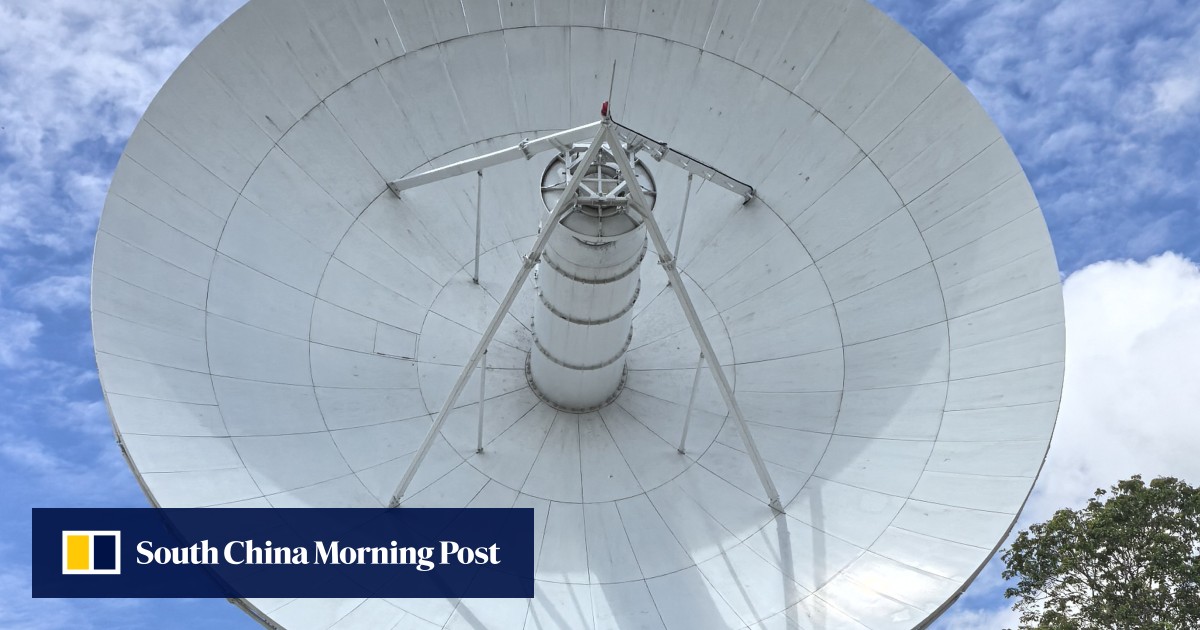China doubles down on building cutting-edge telescopes in Thailand
China doubles down on building cutting-edge telescopes in Thailand

China doubles down on building cutting-edge telescopes in Thailand

cross-posted from: https://lemmygrad.ml/post/8056777
